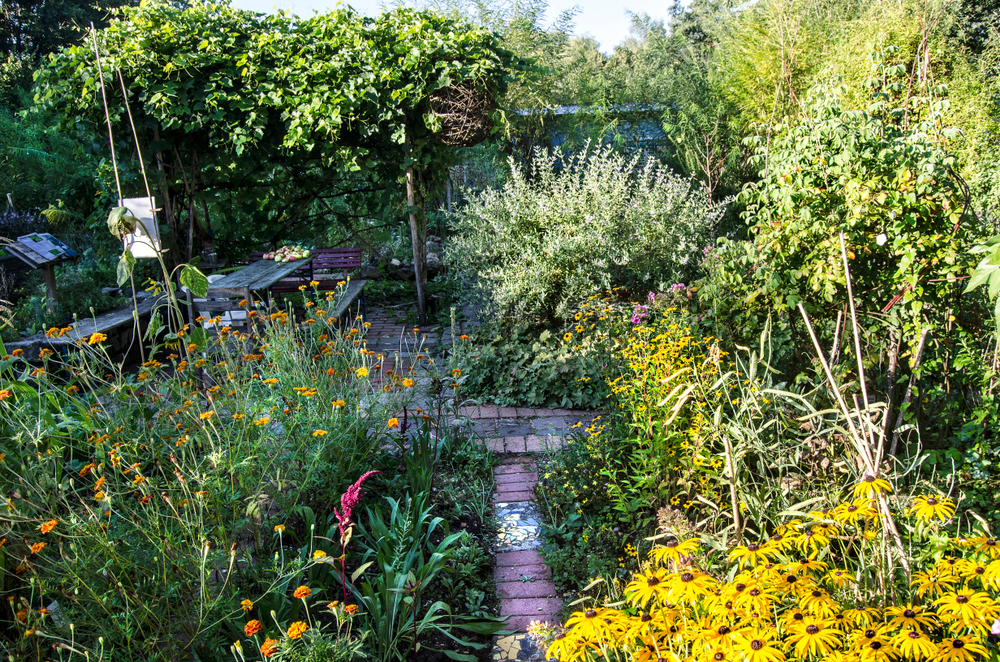Permaculture principles applied to rural landscapes:
Permaculture is a sustainable design system that aims to create self-sufficient and resilient ecosystems. It can be incredibly beneficial when applied to rural landscapes, helping farmers and homesteaders optimize their land for productivity while minimizing environmental impact. By following permaculture principles, you can create a harmonious relationship between the natural world and your agricultural practices.
One key principle of permaculture is observing and interacting with your environment. Take the time to study your land’s topography, soil composition, water sources, and microclimates. This information will guide your decisions on which crops or livestock are best suited for different areas of your property.
Another important principle is using natural resources efficiently. Implementing rainwater harvesting systems such as swales or ponds can help capture rainwater runoff for irrigation purposes. By maximizing every drop of water, you reduce dependence on external water sources.
Diversity is another fundamental aspect of permaculture. Rather than relying solely on monocultures, strive for polycultures that include a variety of plants and animals. This approach creates a more balanced ecosystem that naturally controls pests and diseases while providing multiple yields from the same space.
Companion planting is an excellent technique within polycultures where plants are strategically placed together based on their mutually beneficial relationships. For example, planting nitrogen-fixing legumes like beans alongside heavy feeders like corn helps provide necessary nutrients while reducing fertilizer requirements.
Incorporating animals into your landscape can greatly enhance its fertility and resilience. Practices like rotational grazing allow livestock to graze in specific areas for short periods before being moved to fresh pasture. This prevents overgrazing in one area while allowing grasses time to regrow in others.
When it comes to pest control, permaculturists emphasize natural methods rather than chemical interventions. Encouraging predator habitats through the creation of hedgerows or planting native flowering plants attracts beneficial insects that prey on pests.
Finally, permaculture encourages the use of renewable energy sources. Consider installing solar panels or wind turbines to generate electricity for your farm or homestead. This reduces reliance on fossil fuels and can even provide excess energy that can be sold back to the grid.
By applying permaculture principles to rural landscapes, farmers and homesteaders can create sustainable systems that produce abundant yields while conserving resources. It’s a holistic approach that considers the long-term health of the land, wildlife habitat, and human well-being.


Leave a comment